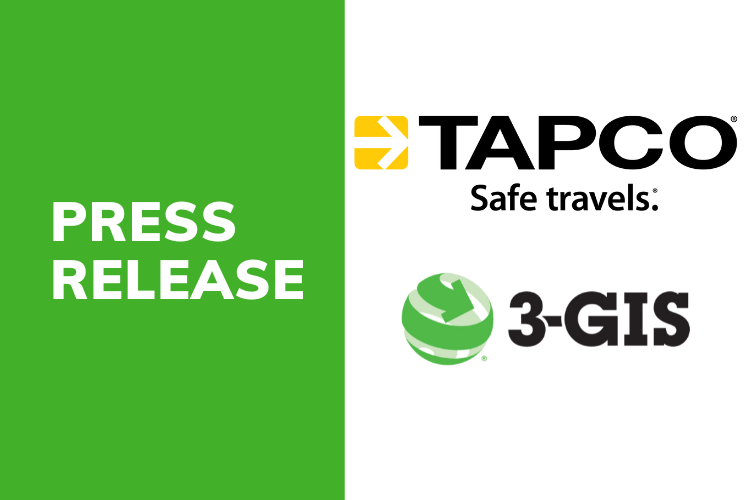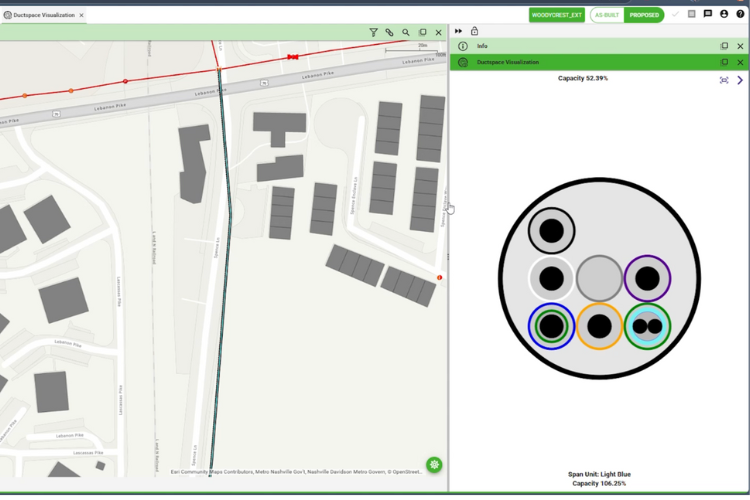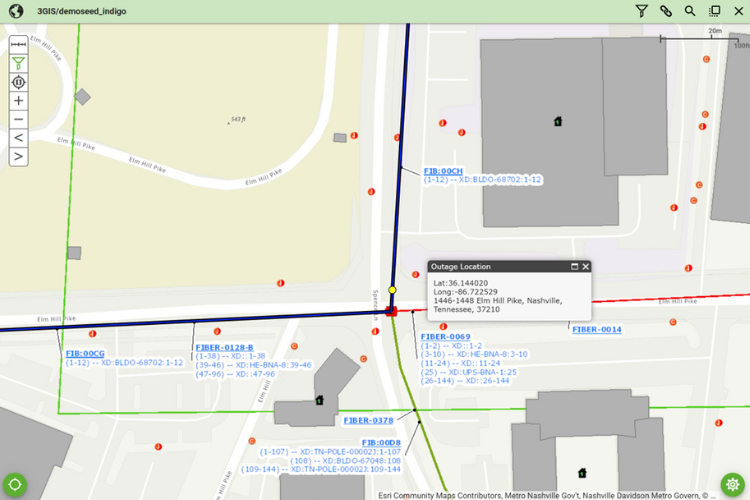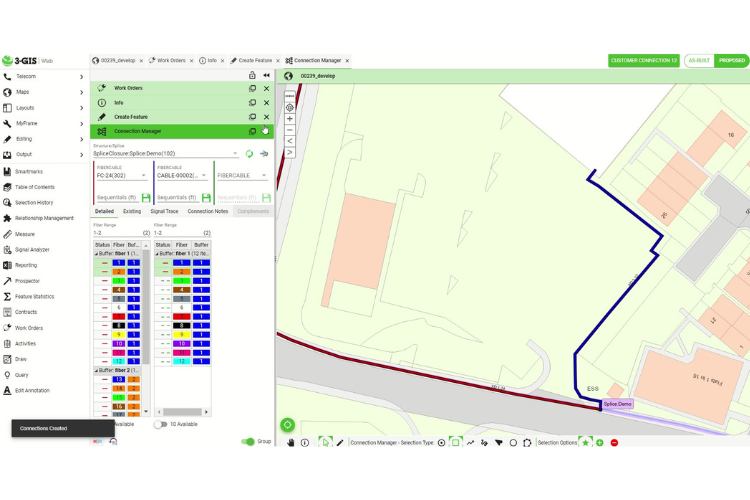- Esri
- Fiber network management
- Telecom technologies
- 3-GIS telecom solutions
What is Esri’s Telecom Domain Network (TDN)?
When Esri introduced the Telecom Domain Network (TDN), it marked an important step forward for modeling communication networks within the ArcGIS Utility Network (commonly referred to as the UN). At the same time, it also raises new questions about how the TDN relates to existing fiber asset management systems, including 3-GIS | Web.
3-GIS has long worked within the Esri ecosystem to help telecom providers get the most from GIS technology. With the TDN emerging, we’re helping lead the conversation on what it means for the future of network management.







